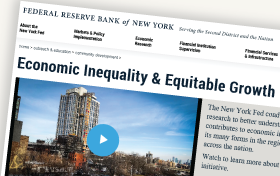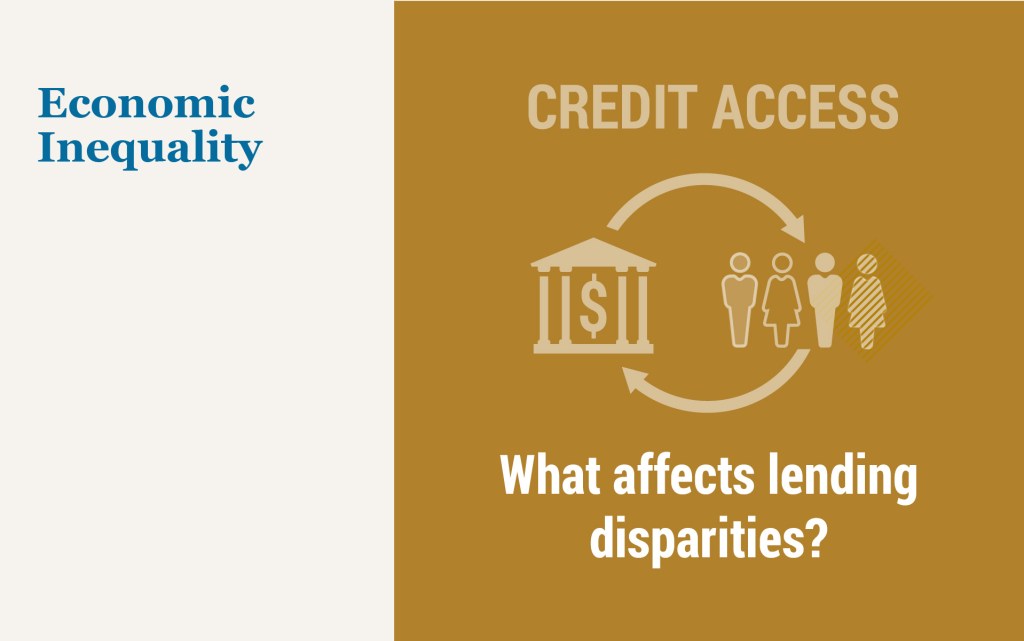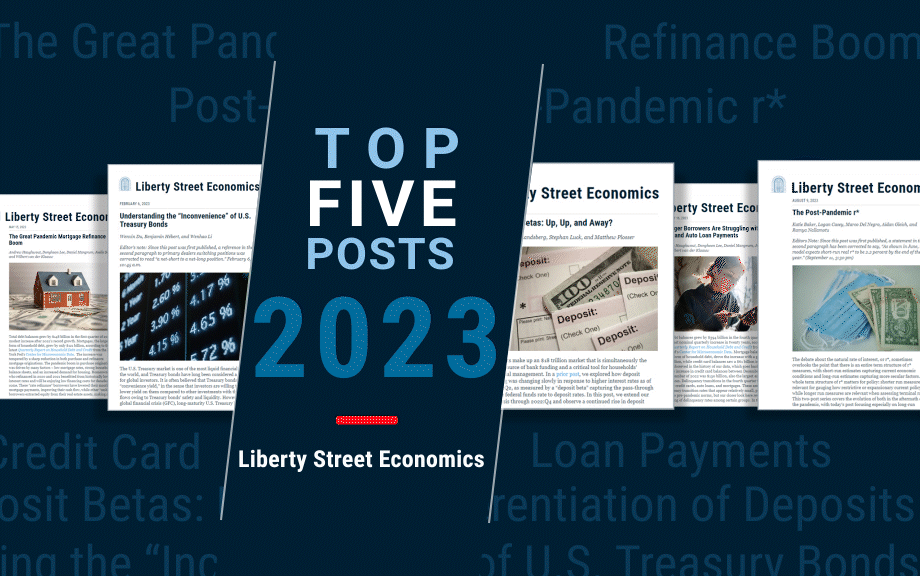
Firms remain divided about the value of the office for “office” workers. Some firms think that their employees are more productive when working from home. Others believe that the office is a key place for investing in workers’ skills. In this post, which is based on a recent working paper, we examine whether both sides could be right: Could working in the office facilitate investments in workers’ skills for tomorrow that diminish productivity today?




















 RSS Feed
RSS Feed Follow Liberty Street Economics
Follow Liberty Street Economics